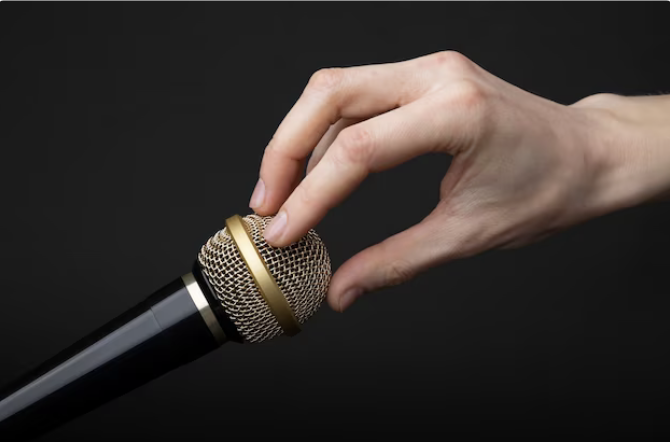"When Something Is Loud Enough That It Doesn't Need a PA": Balancing and Broadcasting Challenges
Sound engineering for live performances or events is a complex task that requires a deep understanding of acoustic principles and sound equipment. Although it might seem that some instruments are loud enough to be heard without the aid of a Public Address (PA) system, relying solely on their natural volume presents unique challenges in terms of sound balance and broadcasting.
The Challenge of Balancing Sound
In a live performance, whether it’s a concert or a theatre production, achieving a balanced sound among all the instruments and vocals is crucial. This can be a tall order if certain elements, like drums or brass instruments, are naturally louder than others.
While these louder elements might match or even exceed the volume of a PA system, their dominance can drown out other, quieter sounds. This can cause an imbalance in the overall auditory experience, making it difficult for the audience to appreciate the full spectrum of the performance.
Without the use of a PA system, the sound operator faces the challenge of manually controlling the volume of each instrument to ensure they all contribute to the performance harmoniously. This can be a daunting task, particularly in large venues or open-air events where sound can dissipate quickly.



The Need for Microphones and Broadcasting
Even if an instrument or voice is loud enough to be heard without amplification in a live setting, there may still be a need for a microphone. One common reason is for broadcasting the performance to other areas or venues. This is especially relevant for large-scale events that have overflow areas, multiple rooms, or outdoor spaces.
Similarly, if the performance is being recorded for later playback or distribution, microphones are essential for capturing high-quality sound. Even the loudest instrument won’t be effectively recorded without a proper microphone setup. Without this, the richness and depth of the sound can be lost, affecting the quality of the recorded performance.
Moreover, microphones and PA systems allow for finer control over the sound quality, including aspects such as equalization, reverb, and other sound effects. These elements are crucial in creating a specific atmosphere or mood for the performance.
Conclusion
While it might seem that a PA system is unnecessary when certain elements are loud enough on their own, the reality is more nuanced. Achieving a balanced sound that allows each instrument and voice to shine requires careful control and manipulation, which is facilitated by a PA system. Furthermore, for broadcasting and recording purposes, microphones remain indispensable. So, while natural volume has its place, the versatility and control provided by sound engineering equipment are vital for a successful live performance.

